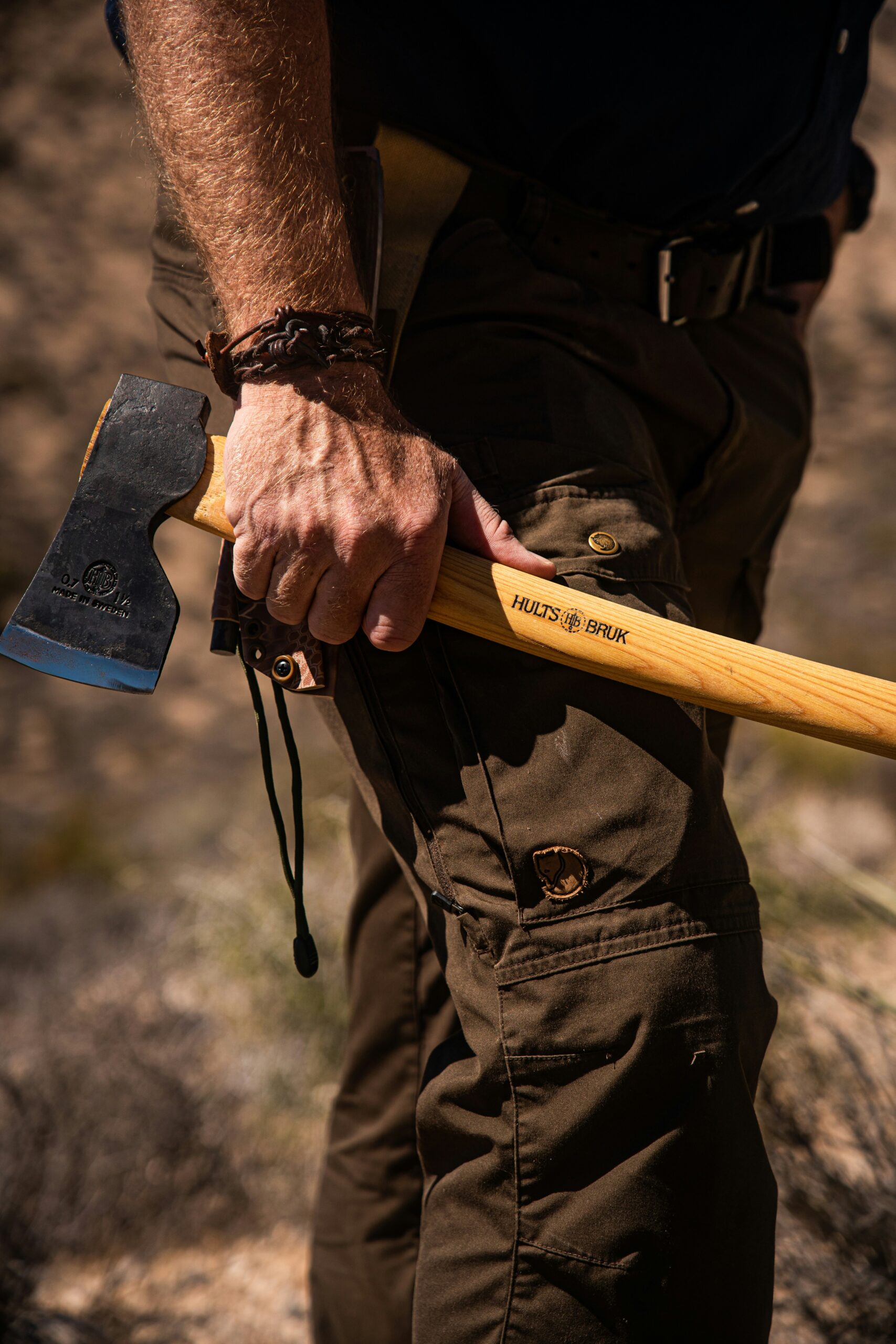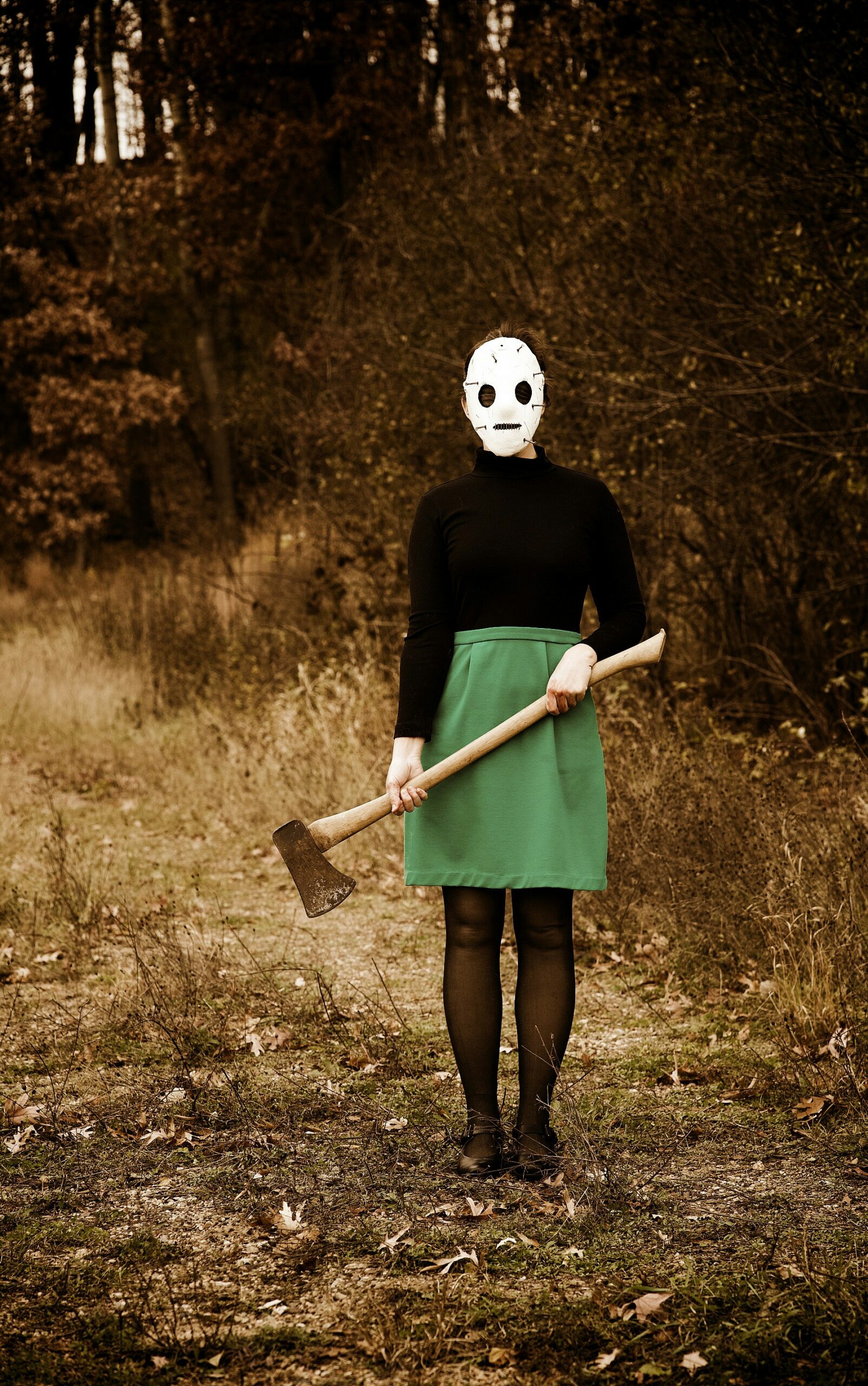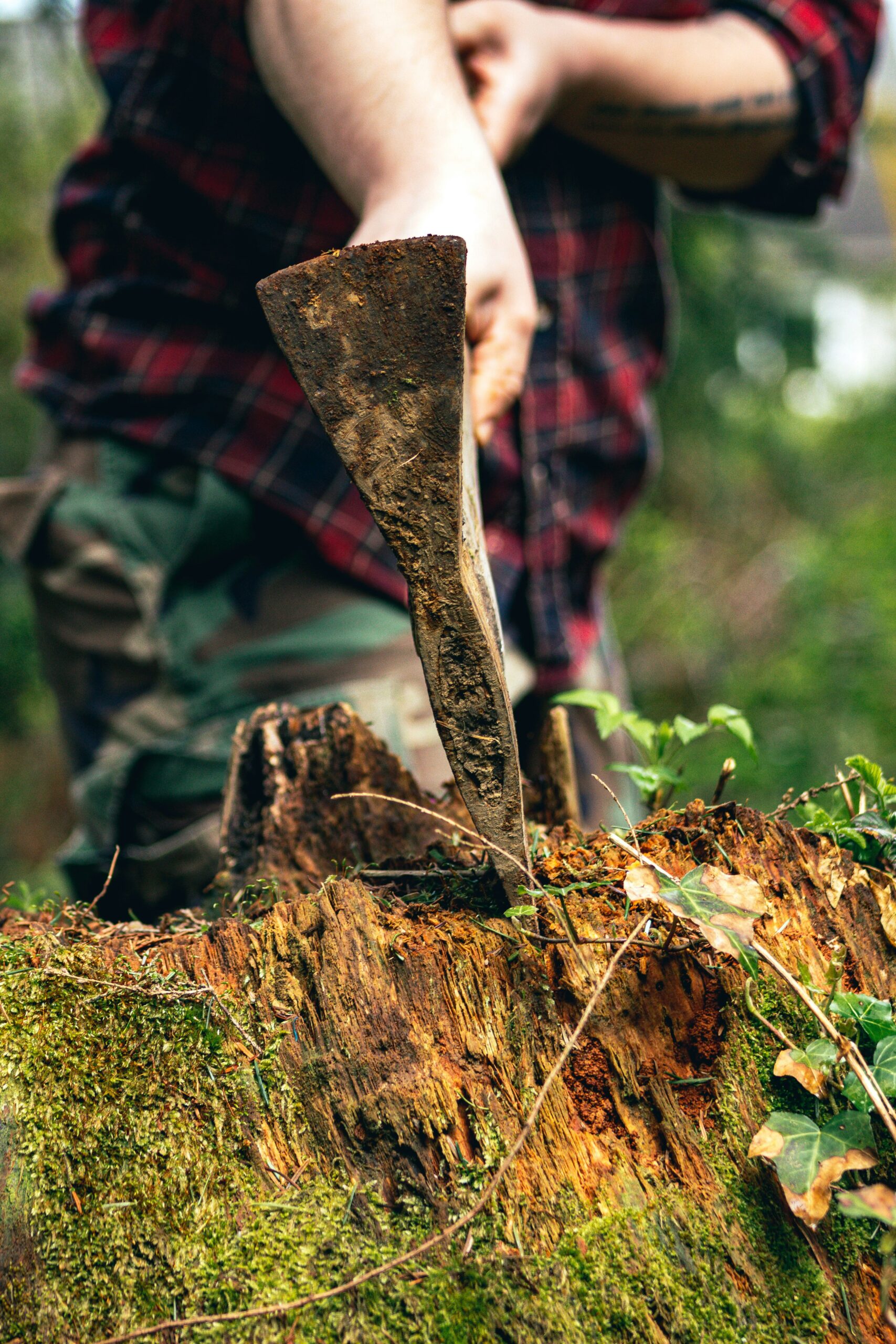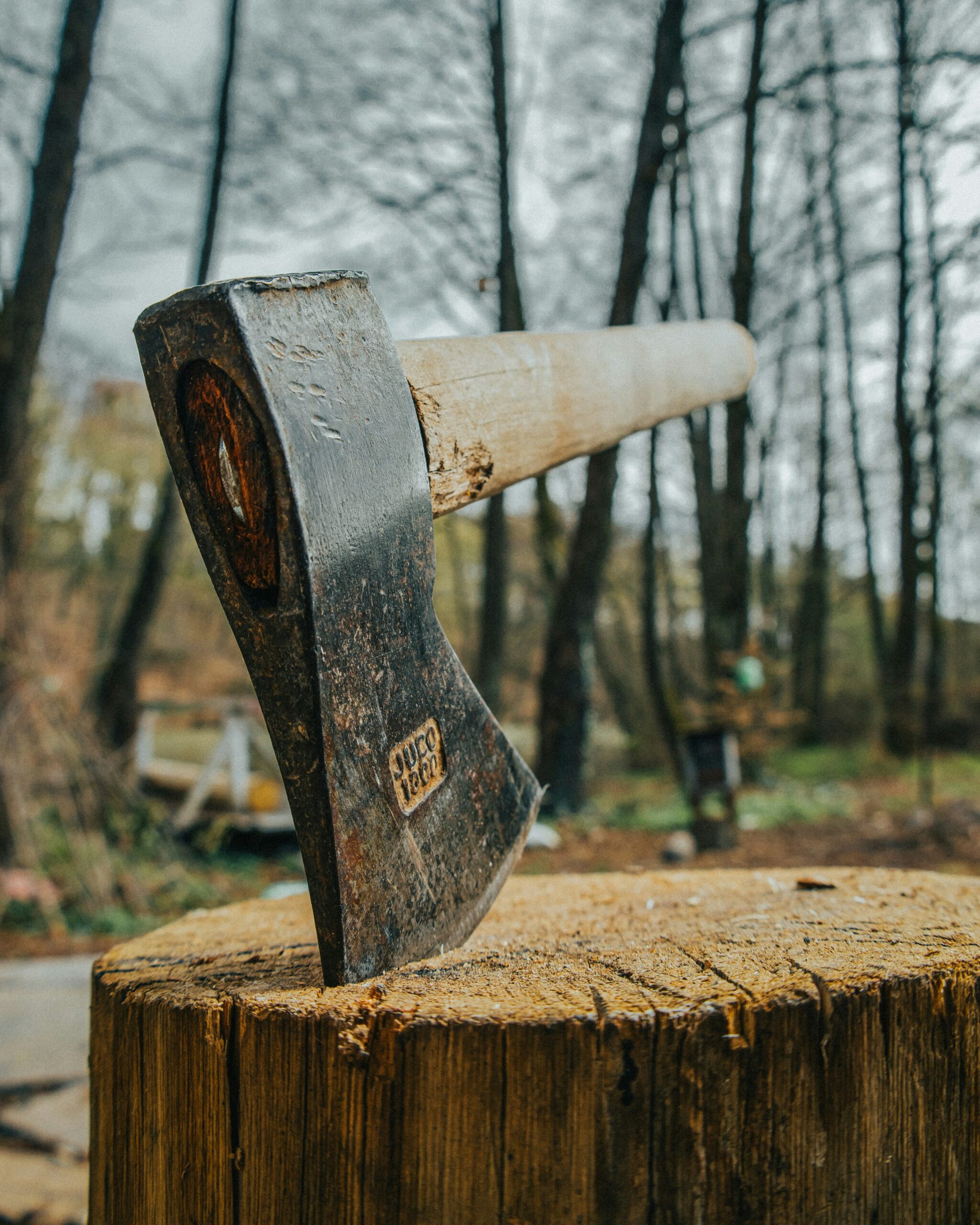Urban axe throwing is taking cities by storm, offering a thrilling new way to unwind and challenge yourself. This guide will introduce you to the basics of this exciting sport, covering essential gear, safety tips, and techniques to improve your throw. Whether looking for a unique team-building activity or a fun night out with friends, urban axe-throwing venues provide an unforgettable experience. By the end of this article, you’ll have the knowledge and confidence to step into an axe-throwing center and start hitting bullseyes.
Key Takeaways
- Urban axe throwing is a popular recreational activity with venues in many cities
- Safety is paramount, with venues enforcing rules and providing necessary equipment
- Proper stance, grip, and throwing techniques are essential for accuracy and enjoyment
- Venues offer various games and leagues for beginners to advanced throwers
- Most centers have age restrictions and allow personal axes with approval
Understanding the Basics of Urban Axe Throwing

Urban axe throwing has gained popularity in cities, offering a unique recreational activity. This section explores the growth of axe-throwing venues, the different types of axes used, and essential rules for beginners. Understanding these basics will help newcomers approach this thrilling sport with confidence and safety in mind.
The Growth of Axe Throwing in City Environments
Urban axe throwing has experienced a surge in popularity across cities, transforming from a niche activity into a mainstream recreational sport. Venues dedicated to this thrilling pastime have sprung up in metropolitan areas, offering city dwellers a unique way to unwind and challenge themselves. These establishments provide a safe, controlled environment for people to learn and practice axe throwing, contributing to its growing appeal among diverse age groups and social circles.
Different Types of Axes for Urban Throwing
Urban axe-throwing venues typically offer various types of axes for participants to use. The most common are lightweight hatchets designed for ease of handling and accuracy. Throwing tomahawks, slightly heavier and with a longer handle, are also popular choices. Some venues may introduce double-bit axes for more advanced throwers, adding an extra challenge to the sport. The selection of axes caters to different skill levels and preferences, allowing beginners to start with user-friendly options and progress to more challenging implements as they gain experience:
- Lightweight hatchets for beginners
- Throwing tomahawks for intermediate throwers
- Double-bit axes for advanced participants
Fundamental Rules for Newcomers
Newcomers to urban axe throwing should familiarize themselves with essential safety rules before entering the throwing area. These include maintaining a safe distance from other throwers, waiting for the “all clear” signal before retrieving axes, and always throwing in a controlled manner. Proper stance and grip techniques are crucial for accuracy and safety, and beginners should listen carefully to instructors’ guidance on these fundamentals.
Essential Gear and Safety Tips for First-Time Throwers

First-time urban axe throwers need to know about essential gear and safety measures. This section covers appropriate attire, venue safety protocols, and equipment options. Understanding these aspects ensures a safe and enjoyable experience for beginners venturing into this exciting sport.
Choosing the Right Attire for Axe Throwing
Comfort and safety are key when choosing attire for urban axe throwing. Participants should wear closed-toe shoes to protect their feet from potential accidents. Loose-fitting clothing is discouraged as it can interfere with throwing motions, while comfortable, breathable fabrics allow for easy movement. Some venues may provide protective gear such as safety glasses or wrist guards, which first-time throwers should consider using:
Safety Measures Implemented at Venues
Urban axe-throwing venues prioritize safety through strict protocols. They employ trained staff to supervise throwing sessions, ensuring participants follow proper techniques and safety guidelines. Venues typically feature designated throwing lanes with protective barriers between them, minimizing risks to throwers and spectators. Regular equipment inspections and maintenance help prevent accidents related to faulty axes or targets.
Bringing Personal Equipment vs. Using Venue Supplies
Most urban axe-throwing venues provide all necessary equipment for participants, including axes and safety gear. This ensures consistency and proper maintenance of the tools. However, some experienced throwers may prefer to bring their own axes, which is often allowed with prior approval from the venue. First-time throwers are advised to use the venue’s equipment, which is typically well-maintained and suited for beginners.
Finding the Ideal Urban Axe Throwing Venue

Choosing the right urban axe-throwing venue is crucial for beginners. This section explores key factors to consider when selecting a location, amenities that enhance the throwing experience, and booking guidelines. Understanding these aspects helps newcomers find venues that offer safe, enjoyable, and convenient axe-throwing sessions in city settings.
Factors to Consider When Selecting a Location
When selecting an urban axe-throwing venue, beginners should consider several key factors. Location accessibility is crucial, with venues near public transportation or ample parking being more convenient. Safety records and staff qualifications are paramount, as proper instruction and supervision ensure a secure environment for newcomers. The various axes and target types can enhance the experience, allowing throwers to progress and experiment with different challenges.
Amenities That Enhance the Throwing Experience
Urban axe-throwing venues offer various amenities to enhance the throwing experience. Many locations provide on-site bars or refreshment areas, allowing throwers to enjoy drinks and snacks between sessions. Some venues feature comfortable lounge areas for socializing and group activities. Digital scoring systems and league play options cater to competitive throwers, while themed nights and special events add variety to the experience:
- On-site bars and refreshment areas
- Comfortable lounge spaces
- Digital scoring systems
- League play options
- Themed nights and special events
Booking Guidelines and Best Times to Visit
Urban axe-throwing venues often require advance bookings, especially during peak hours. Weekday evenings and weekends are busiest, so beginners might find quieter sessions on weekday afternoons. Many venues offer discounts for off-peak hours, making these times ideal for newcomers to practice without pressure. Checking the venue’s website or calling ahead can provide information on current promotions and the best times to visit for a more relaxed throwing experience.
Mastering Techniques to Improve Your Throw

Mastering axe-throwing techniques is essential for beginners to improve their skills and enjoy the sport safely. This section covers perfecting stance and grip, exploring one-handed and two-handed throwing methods, and addressing common pitfalls. By focusing on these key aspects, newcomers can enhance their throwing accuracy and overall performance in urban axe-throwing venues.
Perfecting Your Stance and Grip
Perfecting stance and grip form the foundation of successful axe throwing. Throwers should stand with feet shoulder-width apart, body facing sideways to the target. The axe should be held firmly but not tightly, with the dominant hand near the axe head and the other hand at the base of the handle. This balanced stance and grip allow for a smooth, controlled throw and improved accuracy:
One-Handed and Two-Handed Throwing Methods
Urban axe-throwing venues typically offer both one-handed and two-handed throwing methods. One-handed throws suit lighter axes and provide greater precision, while two-handed techniques offer more power for heavier axes. Beginners often start with two-handed throws for better control, gradually transitioning to one-handed techniques as they gain confidence and skill. Instructors at urban venues guide newcomers through both methods, helping them find the most comfortable and effective style for their throwing technique.
Common Pitfalls and How to Overcome Them
Common pitfalls in urban axe throwing include gripping the axe too tightly, releasing too early or late, and inconsistent throwing motions. To overcome these issues, beginners should focus on relaxing their grip, practicing consistent release points, and maintaining a smooth, fluid throwing motion. Regular practice and guidance from experienced instructors at urban venues help newcomers identify and correct these common mistakes, leading to improved accuracy and enjoyment of the sport.
Engaging in Games and Activities at Axe Throwing Centers

Urban axe-throwing centers offer various games and activities for all skill levels. This section explores popular throwing games, personal challenges, and competitive leagues. Beginners can enjoy engaging games while setting goals and improving their skills. For those seeking more competition, participating in leagues provides opportunities to test their abilities against others.
Popular Throwing Games for All Skill Levels
Urban axe-throwing centers offer a variety of engaging games suitable for all skill levels. Beginners often start with simple target practice, aiming for specific zones on the board to score points. As players improve, they can try games like “Around the World,” where throwers must hit each section of the target in a specific order. More advanced games include “HORSE,” where players take turns setting challenging throws for others to match, adding an element of strategy to the sport.
Setting Personal Challenges and Achieving Goals
Urban axe-throwing centers encourage participants to set personal challenges and achieve goals, fostering skill development and engagement. Throwers can track their progress by setting accuracy targets, such as consistently hitting the bullseye or achieving a specific score within a set number of throws. Some venues offer achievement boards or digital tracking systems, allowing participants to monitor their improvement over time. These personal challenges provide motivation and a sense of accomplishment for beginners as they advance in the sport:
- Set accuracy targets for specific board areas
- Aim for consistent bullseye hits
- Work towards achieving higher scores
- Use venue-provided tracking systems
- Celebrate milestones and improvements
Participating in Leagues and Competitions
Urban axe-throwing centers often host leagues and competitions, allowing throwers to test their skills against others. These events range from casual, in-house tournaments to regional competitions sanctioned by axe-throwing associations. Beginners can join novice leagues to learn from experienced throwers and improve their techniques in a competitive yet supportive environment. As participants progress, they can advance to more challenging leagues, competing for higher stakes and recognition:
Answers to Common Questions About Urban Axe Throwing

Urban axe-throwing venues often receive inquiries from newcomers about various aspects of the sport. This section addresses common questions regarding age limits and participant requirements, policies on personal equipment, and organizing group events. Understanding these key points helps beginners plan their axe-throwing experience with confidence and ease.
Age Limits and Participant Requirements
Urban axe-throwing venues typically enforce age restrictions and participant requirements to ensure safety and compliance with local regulations. Most centers set a minimum age of 18 for individual throwers, while some allow younger participants with adult supervision. Physical requirements often include the ability to safely handle and throw an axe, which may exclude individuals with certain disabilities or physical limitations. Venues usually provide waivers for participants to sign, acknowledging the activity’s inherent risks.
Policies on Personal Axes and Equipment
Urban axe-throwing venues often have specific policies regarding personal axes and equipment. Most centers provide all necessary gear, including axes, to ensure safety and consistency. However, some locations may allow experienced throwers to bring their own axes, subject to inspection and approval by staff. Venues typically require personal axes to meet specific weight and size requirements, aligning with their safety standards:
Organizing Group Events and Corporate Outings
Urban axe-throwing venues often cater to group events and corporate outings, offering a unique team-building experience. These centers typically provide dedicated areas for larger groups, customizable packages, and experienced instructors to guide participants through the activity. Many venues offer catering options, private rooms, and additional amenities to enhance the group experience. Organizers should book well in advance, especially for larger groups, and inquire about special rates or packages designed for corporate events.
Conclusion
Urban axe throwing offers city dwellers a thrilling and unique recreational activity that combines skill, challenge, and social interaction. This beginner’s guide equips newcomers with essential knowledge about safety measures, proper techniques, and venue selection, enabling them to approach the sport confidently. Participants can progressively improve their skills by understanding the basics, mastering throwing methods, and engaging in various games and challenges while enjoying a fun and engaging experience. Urban axe-throwing venues provide an accessible and controlled environment for individuals and groups to explore this exciting sport, making it an ideal activity for team building, social gatherings, or personal skill development in city settings.

